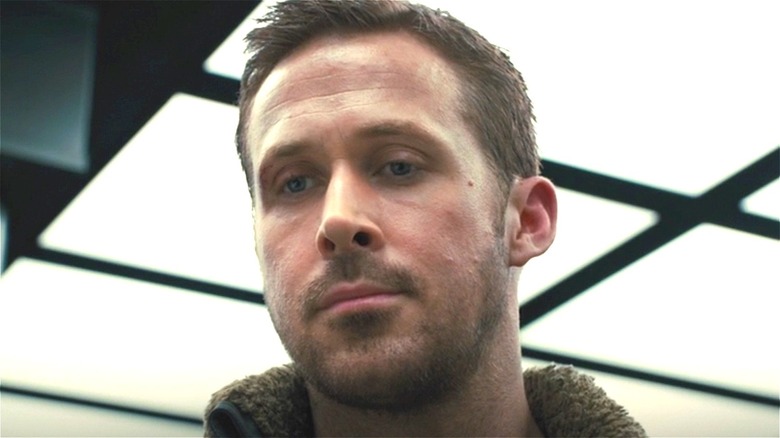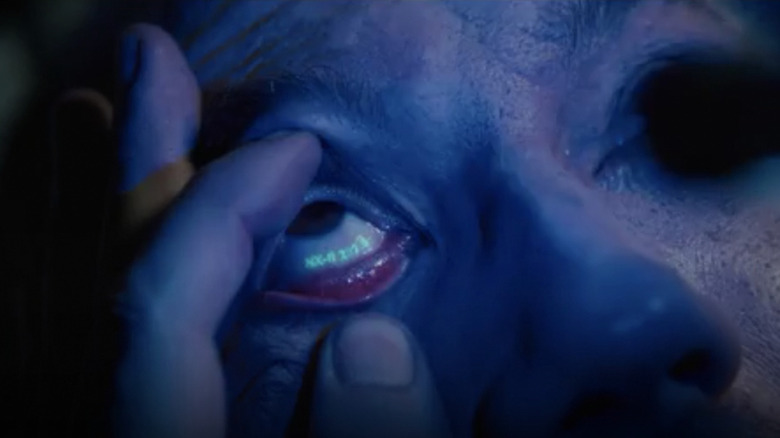The Tiny Detail That Meant Way More Than You Think In Blade Runner 2049
More than three decades after "Blade Runner" was released in 1982, "Blade Runner 2049" took on the daunting task of continuing one of the greatest sci-fi stories ever told – and it tried to do it in a way that was just as fresh and powerful as its predecessor. The original film became a cult classic in the years following its release and became known for its unique cyberpunk environments, iconic characters, and serious themes about humanity and what it truly means to be alive. Thankfully, all of those elements return to great effect in "Blade Runner 2049."
It's truly remarkable how well "2049" director Denis Villeneuve managed to capture the cyberpunk feel of the original film. Indeed, despite it performing poorly at the box office, many "Blade Runner" fans still consider the sequel to be a worthwhile continuation of the original's story.
Both films follow — as their titles suggest — blade runners AKA bounty hunters who specialize in tracking down and killing sentient androids known as "replicants." Things get complicated when said androids try to live outside of their designated roles, and it's revealed in both films that there are some replicants who even believe that they are humans. As a result, there are a few tests that a blade runner can perform to identify if the person they're in a room with is a replicant or not.
In its opening moments, "Blade Runner 2049" even subtly tricks its audience into doing the same thing replicants are forced to do when one of these tests is conducted.
Look up and to the left, please
When "Blade Runner 2049" starts, the word "replicants" appears in the top left of the screen, drawing the audience's eyes up and to the left. As we later learn in the movie, one of the ways to identify if a being is a replicant or not is to have them look up and to the left. When a replicant does this, the lower right portion of their eye becomes visible, revealing a light green numerical code embedded beneath their irises.
The reason why this detail is so important is because of the series' emphasis on what it means to be a replicant versus a human. The question of whether Rick Deckard (Harrison Ford) is a replicant or a human is one that has haunted fans ever since the end of the first "Blade Runner," and both films focus heavily on investigating what it truly means to be alive.
By forcing the audience to undergo this small bit of testing, "Blade Runner 2049" puts viewers in the same position as the replicants who are introduced throughout its story. It's an incredibly clever little detail that, of course, only die-hard "Blade Runner" fans will truly appreciate, but it's one that subtly gives the entire audience a glimpse into the lives of the series' replicants.

